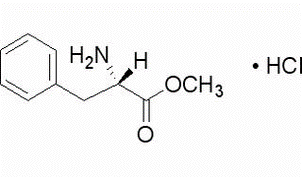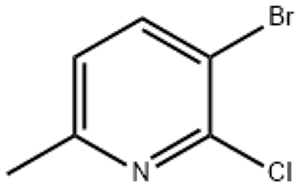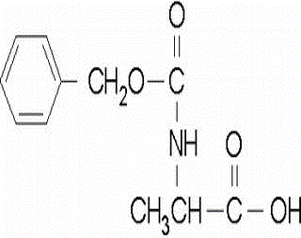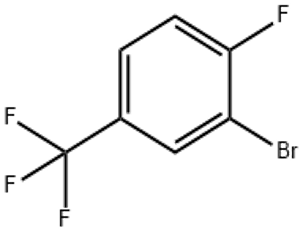L-Phenylalanine methyl ester hydrochloride (CAS# 7524-50-7)
| Risk Codes | R36/37/38 – Irritating to eyes, respiratory system and skin. R34 – Causes burns |
| Safety Description | S24/25 – Avoid contact with skin and eyes. S45 – In case of accident or if you feel unwell, seek medical advice immediately (show the label whenever possible.) S36/37/39 – Wear suitable protective clothing, gloves and eye/face protection. S27 – Take off immediately all contaminated clothing. S26 – In case of contact with eyes, rinse immediately with plenty of water and seek medical advice. |
| WGK Germany | 3 |
| HS Code | 29224995 |
| Hazard Class | IRRITANT |
Introduction
L-Phenylalanine methyl ester hydrochloride is an organic compound, also known as HCl hydrochloride. The following is an introduction to its nature, use, preparation method and safety information:
Quality:
L-Phenylalanine methyl ester hydrochloride is a white solid that is soluble in water and alcohol-based solvents. It has high thermal stability and is prone to decomposition in chemical reactions.
Uses: It can also be used as an important intermediate for the synthesis of other organic compounds.
Method:
The preparation of L-phenylalanine methyl ester hydrochloride is mainly obtained by reacting L-phenylalanine with methanol and hydrochloric acid. The specific preparation process can be adjusted according to the experimental conditions.
Safety Information:
L-Phenylalanine methyl ester hydrochloride needs to be handled with laboratory safety protocols. It may have an irritating effect on the eyes, skin, and respiratory system. When in use, appropriate protective equipment such as gloves, goggles, and protective clothing should be worn. When storing and handling, it should be kept away from ignition and oxidizing agents, and stored in an airtight container away from contact with air and moisture.








